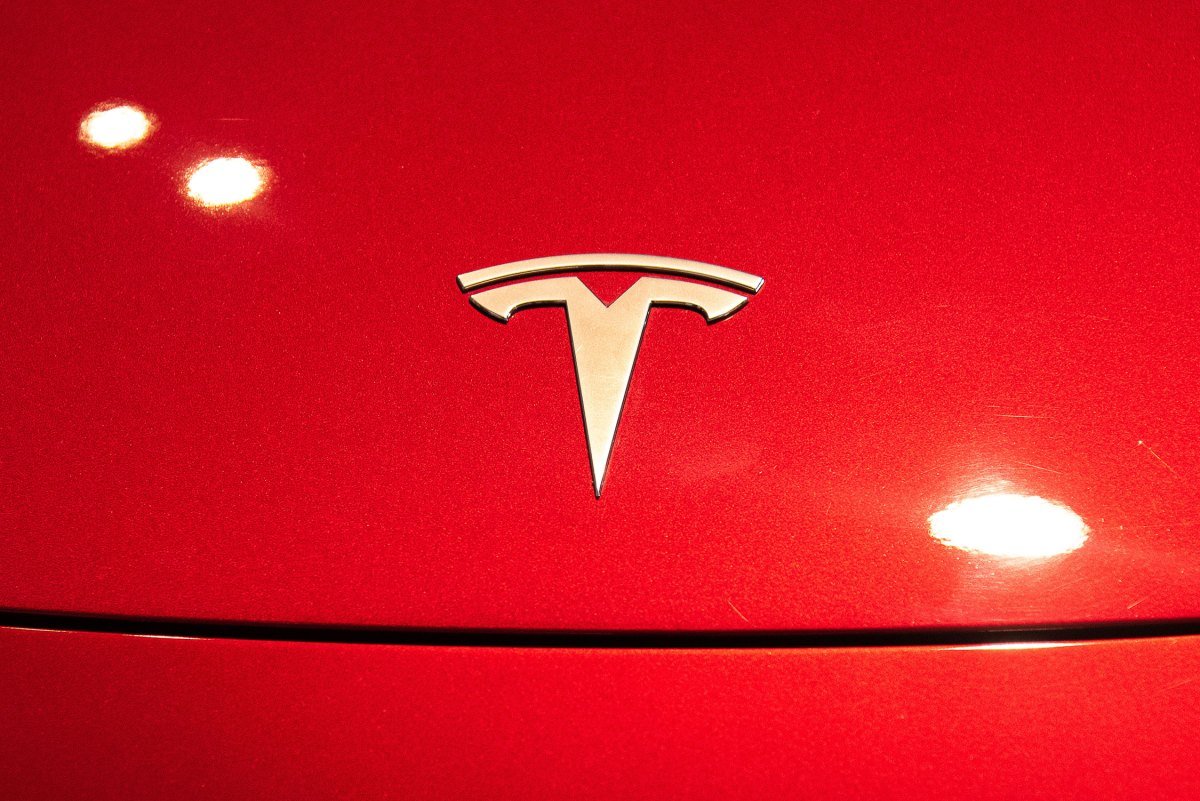According to Business Insider, Tesla launched this weekend after the start of the start of Austin in Texas, which this weekend started this weekend in Austin in Texas.
According to the report, the company plans to send guests to Tesla owners to test this service.
Depending on how and whether Tesla proceeds, its actions could violate state regulations – AI when a human security driver sits behind the wheel, while his vehicles work autonomously.
Two state agencies regulate aspects of autonomous vehicles in California. The California Ministry of Motor Vehicles regulates testing and deployment of autonomous vehicles and requires permission for all three phases: driver testing, driver -free testing, and driver without driver.
Tesla Holds has enabled autonomous vehicles with a person’s safety operator behind the wheel. Has no permission to test or deploy without a driver. And on Wednesday it had no application for additional permits, according to DMV. (Mercedes-Benz, Nuro and Waymo are the only three companies that have permission to deploy without drivers.)
Tesla also does not have a proper permit from the California Commission for Public Services, which regulates commercial aspects of horseback riding and authorized transport of humans, as well as those driven by a system of self -implicated vehicles.
Tesla was a permission for a transport charter that allows a human driver to drive a traditional vehicle (not AV) for public charter services, said CPUC spokesman Prosper in -mail TechCrunch.
TechCrunch action
San Francisco
|
27.-29. October 2025
According to Prosper, this differs significantly from the autonomous transport permit. The so -called AV permission that Tesla des does not have, allows testing and deploying autonomous vehicles with or without a driver.
Tesla has not received approval from CPUC to offer an autonomous service to customers, paid or unpaid, with or without the driver (or the company), explained in -mail Prosper. Also, Tesla does not hold “Driver’s Pilot AV permission” from CPUC, so he cannot even use an autonomous vehicle with a human operator behind the wheel for passengers.
This means that if Tesla Depplys of its robotax and the auto -mosa system is involved, it will violate state regulations, even if the rides are free and is a human security operator behind white.
Pressure under California is coming when DMV is currently trying to prevent Tesla from sales of vehicles in the state as part of the aircraft on the promise that the company has made regarding its own standby of its cars. Tesla is currently in court proceedings in court proceedings over the deaths related to the use of its less capable system of assistance to drivers, autopilot.
Tesla also has to prove that full -powered software can be used to power the Robotaxi network. Although the company since June 22 operates the version of its robotax service only for invitation in Austin, it was far from what Musk spent years of teasing.
The service is usually limited to Core and the main corridors of Austin. There is a security operator in the front passers -by’s seat that can intervene if the car is about to do something bad or dangerous. While the service was launched with approximately 10 vehicles, it is not clear how many SUVs the Y is in operation, it is not clear how many times these security operators had to intervene.
This is a long way from the “general solution” on which Musk said Tesla has been working for decades. Musk was once so sure about the autonomous software that Tesla evolved, saying it would take a car Los Angeles to New York – a sensation that never happened. This week, Musk said Tesla was also trying to expand to Florida and Arizona. TechCrunch announced at the beginning of this month that Tesla initiated the required certification process for testing and operating with or without a controller in Arizona.
Update: This story has been updated to include new CPUC information.
(tagstranslate) robotaxi

